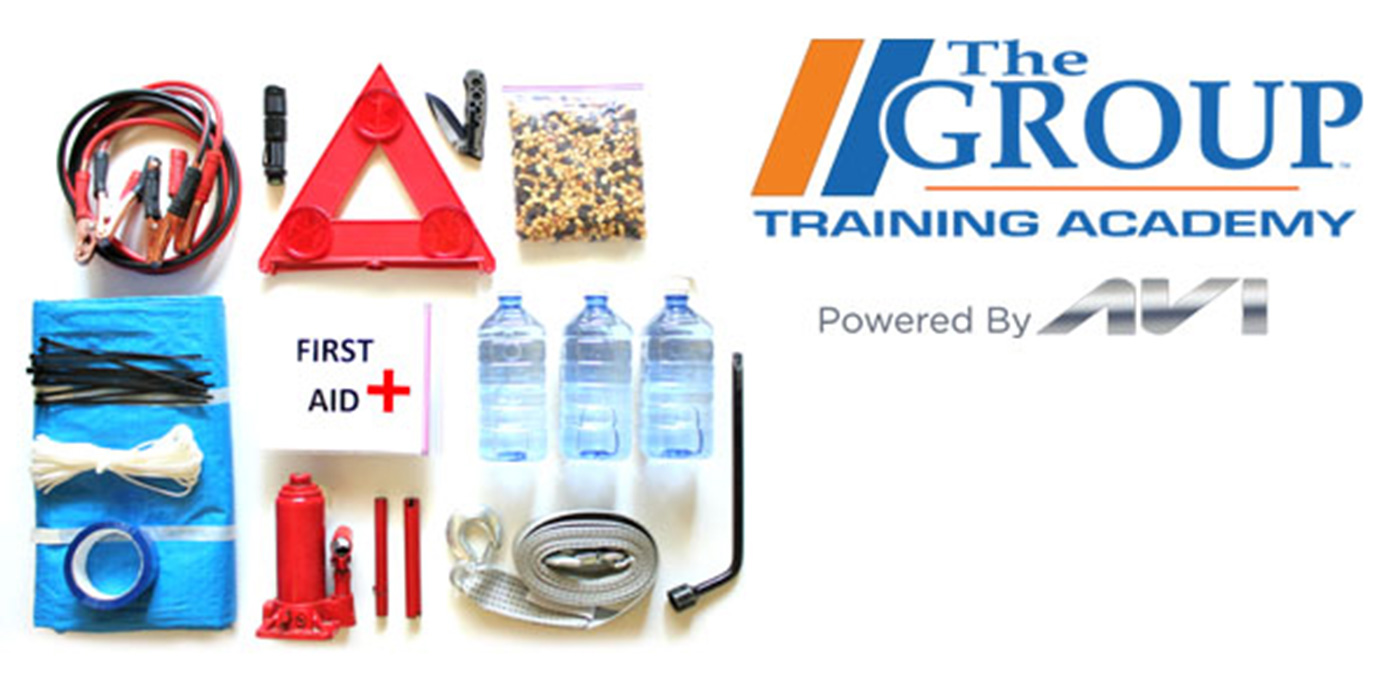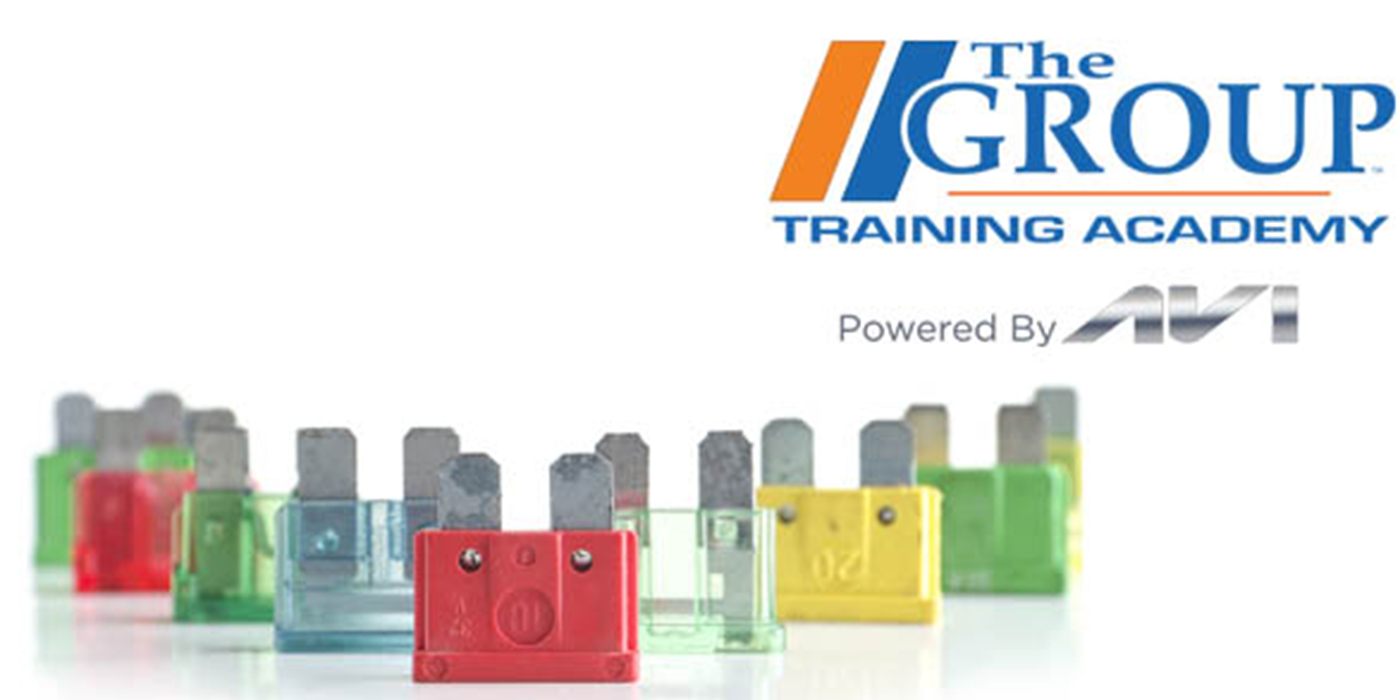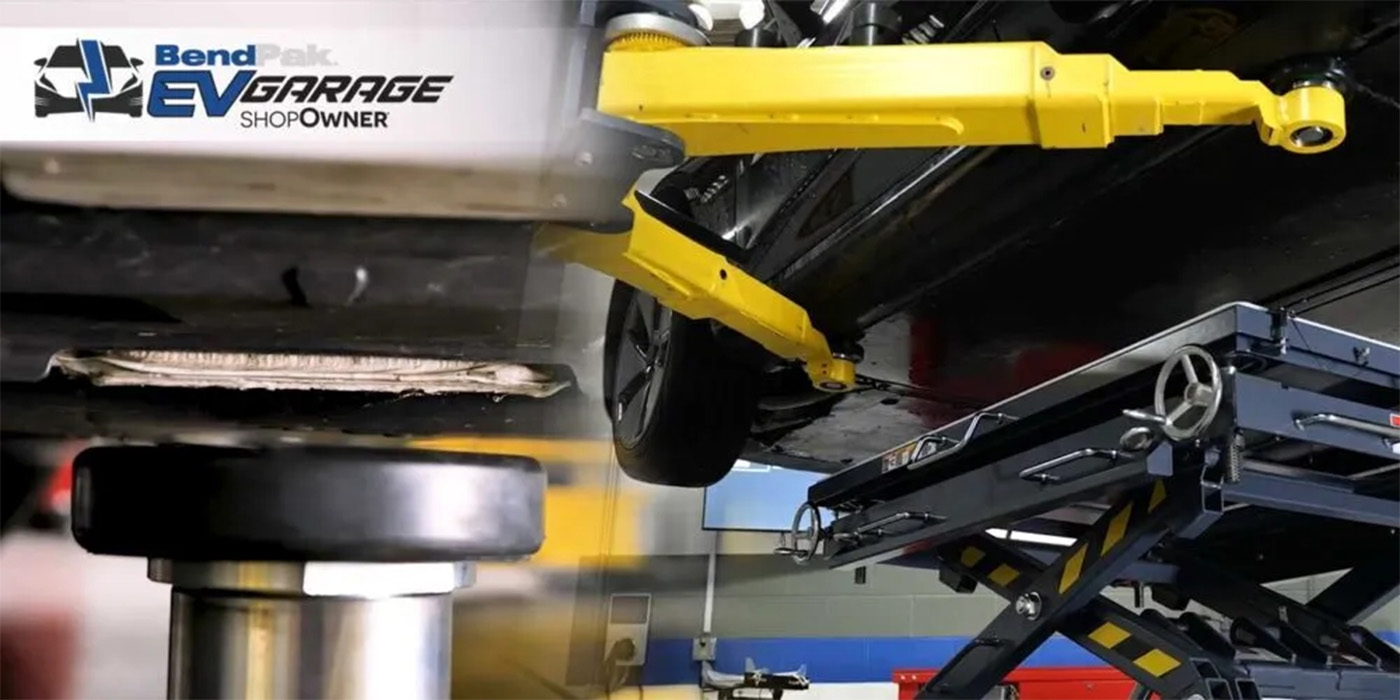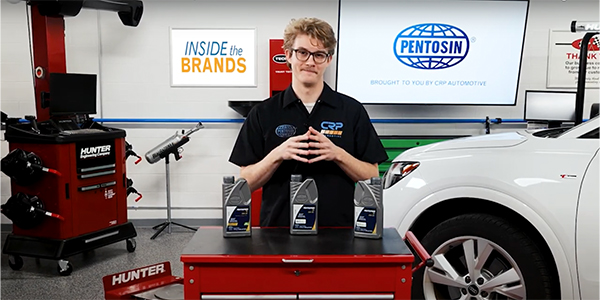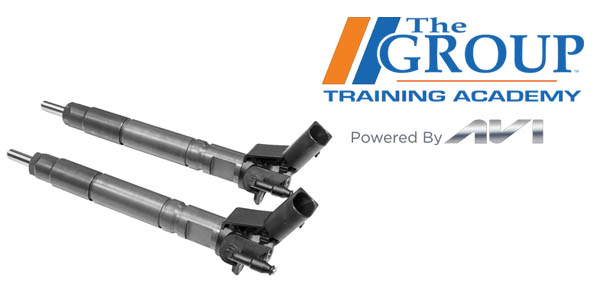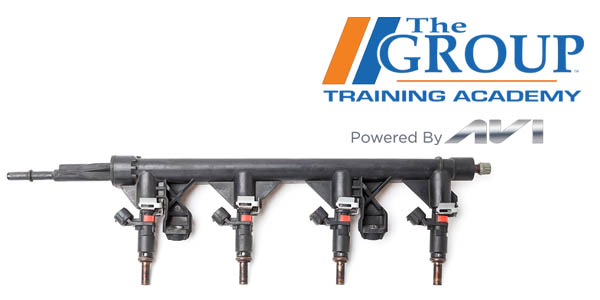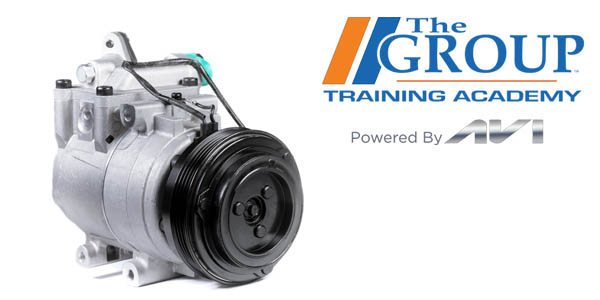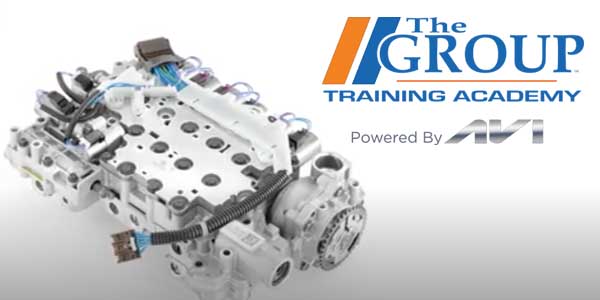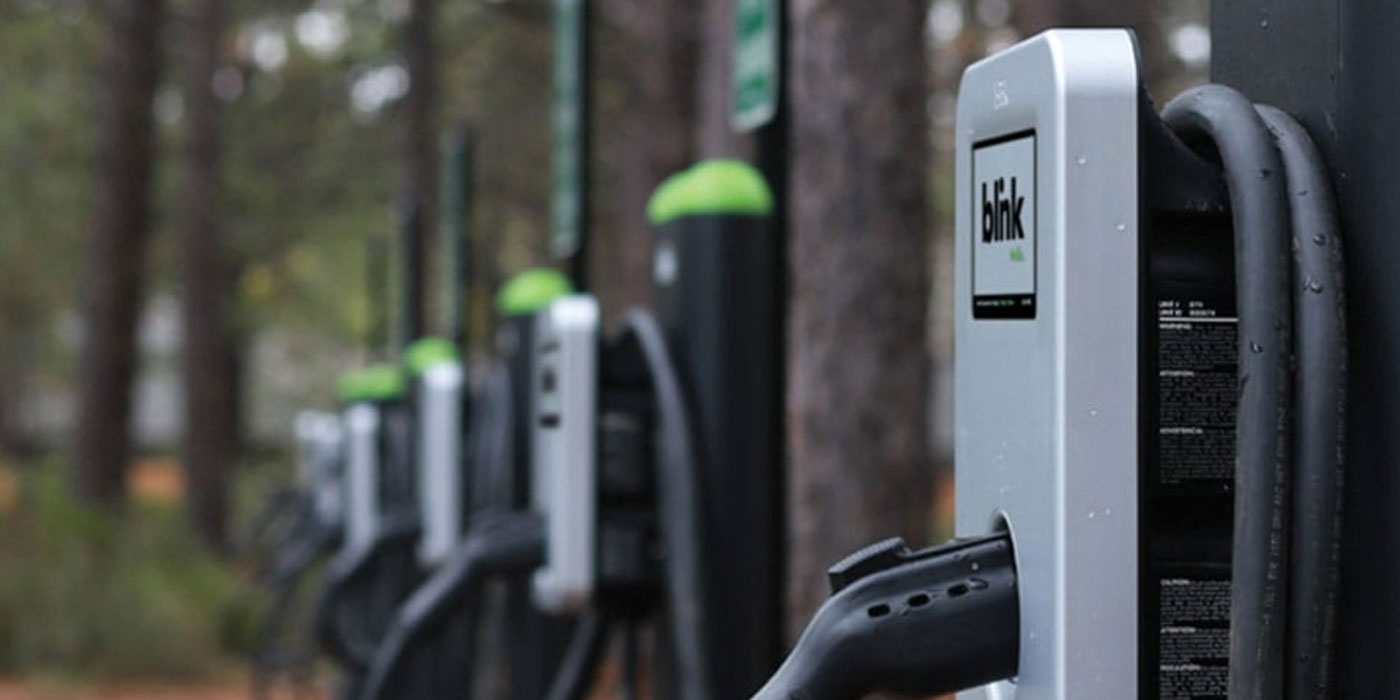Electric vehicle safety — it’s a topic that’s on a lot of our minds. High voltage can be frightening because it can kill, but it shouldn’t scare you away. The reality is EV technology is a safe technology. As long as you understand it, respect it, and follow established safety guidelines for EV service. Let’s look at how to establish safety basics in your shop.
First and foremost, it’s critical to utilize OEM service information and procedures for each and every hybrid or EV. There are two reasons for this. One — while there are standard service procedures and safety measures, which are going to be very similar between different makes, exact procedures will differ, and you simply need to follow them by the book to ensure absolute safety. The second reason is this technology is still evolving at a rapid rate and our safety measures and procedures, as well as our tools and equipment, may also need to evolve over time.
When an EV comes into your shop, there are many services you can perform that don’t require the high-voltage system to be disabled, including brakes, suspension, tires, certain types of steering repair, coolant changes, and low-voltage electrical system repairs. But, if you’re ever in doubt, refer to the OE service information regardless of the service being performed. Using the proper vehicle lift is critical. As a baseline, choose an ALI-certified lift so you know it meets the industry safety requirements. The lift should be rated to handle the additional weight of an EV, and the lift arms must retract and extend far enough to safely engage the manufacturer’s recommended lifting points because of the battery placement under the vehicle. Lifting points on EVs are often on the far edges of the vehicle frame, making it imperative that the lift adapters are placed precisely for your safety and to prevent damage to the battery. A strong swing arm restraint system will keep the arms properly positioned during service. Always lower the lift onto its mechanical locks before starting vehicle service.
Now let’s talk about high voltage. One of the first things we all learned was that brightly colored cables indicate they are carrying a high voltage. There will be multiple cables on any EV because, in addition to the electric drive units, many EV systems utilize or distribute high voltage to a number of systems, including air conditioning, coolant heaters, steering power inverters, battery chargers, and high-voltage distribution modules. It’s important to remember that while orange is the most common color for high voltage cables, some manufacturers may use yellow or blue, but regardless, they are brightly colored, so they jump out to us a warning no matter where they’re located on the vehicle when service to any of the high voltage systems is required. In addition to wearing the proper PPE, the high-voltage system must be completely disabled and discharged. Every EV has a low-voltage battery that can be tested and serviced in the same manner we have used for many years.
Every EV also has a high-voltage battery control module, as well as high-voltage contacts or switches built into the battery. The high voltage PCM through low voltage signals determines when to open or close these internal high voltage battery contacts. This is very important because not only do these contacts open, for example, when the vehicle is switched off, but when the low voltage battery is disconnected, they are also designed to default to an open state under the hood. You can also find a low-voltage service disconnect, which signals the BCM to open these high-voltage contacts. Some OEs utilize the service disconnect, some utilize scan tool commands in addition to the low-voltage service disconnect and others call for disconnecting the low-voltage battery. But what if something doesn’t work correctly? There’s yet another safeguard. Every EV has a high-voltage manual disconnect, which physically opens the high-voltage circuit exiting the battery.
In the event the internal contacts do not properly disconnect, as you are following the OE procedures, which include a specified amount of time for capacitors to discharge, you will find specific instructions about when and where the proper PPE is required and when and where to check for voltage utilizing a live, dead live test to ensure the high voltage system is disabled. Both these low and high-voltage disconnects can be used by technicians as well as first responders on an accident scene to disable the high-voltage systems. Additional disconnect procedures, often referred to as cut loops, offer first responders quick access to low-voltage harnesses that can be quickly cut, which again shuts down the high-voltage system outside the battery. Keep in mind that even when disabled high voltage is still present inside the battery pack, following the proper disconnect procedures along with confirming the system is completely disabled and using the proper electrical equipment is absolute assurance that the high voltage system is now safe to work on. That covers the safety basics, but be sure to keep an eye out for part two of the series working on the electrical system.
This video is sponsored by BendPak.

